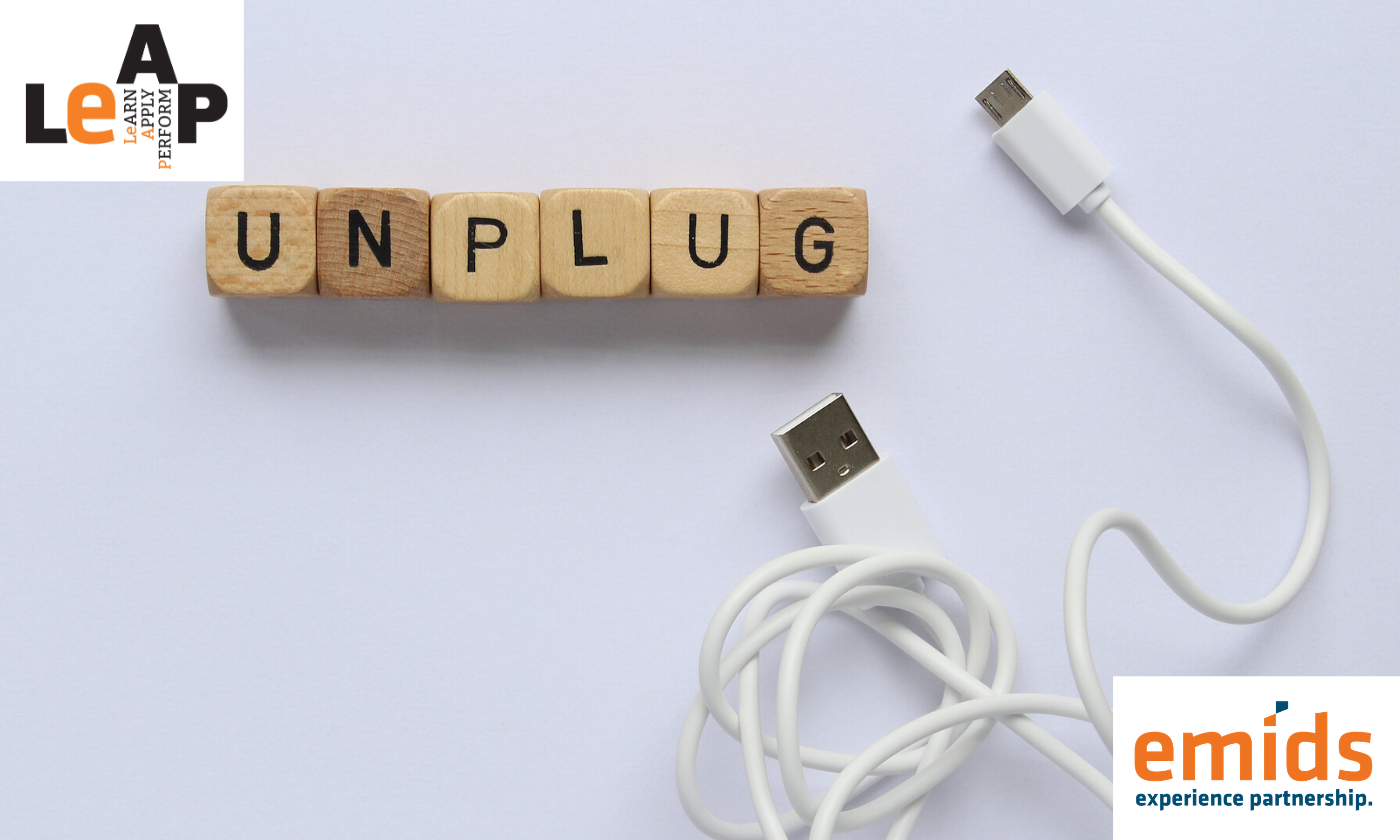Our previous blog looked at one of the costs of connectedness. Here, we examine two other consequences of being always connected.
Effect 2: It creates a sense of FOMO (fear of missing out)
FOMO is a real thing. We may recognize it as plaguing feelings of anxiety, inadequacy, and constant worrying when scrolling through others’ news feeds. Chronic anxiety can have severe negative effects on one’s well-being. In the workplace, career FOMO can make us feel like we have to be always-on and available, whether it’s for the office party, gossip by the water cooler, or the big weekend with the bosses. However, do not confuse it with ambition, which stems from active decisions about what to do and what not to do to grow in the workplace.
Effect 3: It can diminish the repertoire of non-verbal communication skills
Numerous self-help coaches suggest changing your posture to feel better about yourself, like a power pose to infuse confidence. Why? Because non-verbal cues influence our thoughts. During face-to-face interactions, only 10% of our communication is verbal; 90% comes from non-verbal communication through gestures, facial cues, eye contact, posture, tonality, and more. The more we rely on social media interactions, the lesser the opportunities to exercise the vast array of non-verbal skills that are crucial to building healthy relationships. And while emoticons and GIFs are fast replacing non-verbal cues, they may not be appropriate for all professional interactions.
What you can do
- One way of dealing with career FOMO is to introspect. What exactly are you missing out on? Listing your priorities can help bring clarity into aspects of your current situation that make you unhappy. Analyze what you can do differently, and how strategic networking, re-skilling, or other techniques can help you achieve what you want. Remind yourself of your goals and why you do what you do, to stay grounded.
- For those who find that they over-use social media during their downtime, we suggest disengaging from it and choosing to do things in real-life – whether this is reading a book, watching a movie, meeting a friend, or developing a new hobby. Positive experiences release dopamine, oxytocin, serotonin, and endorphins, the chemicals responsible for making us happy and neutralize the anxiety caused by FOMO.
- Take time out to have one-to-one conversations with colleagues and leaders. When doing this, pay attention to non-verbal cues – both from them and yourself. Notice how eye contact, smiles, gestures, and tonality affects the pace and mood of the conversation. And don’t be afraid to clarify whether what you are reading from their non-verbal communication is actually correct. Remember, non-verbal cues play a vital role in how you feel about yourself too.
Our daily habits shape our reality. And, while being connected has its perks, it is worthwhile to also heed the old adage: “Even ambrosia, when in excess, can be poison.” How do you regulate your social media use to stay healthy?








